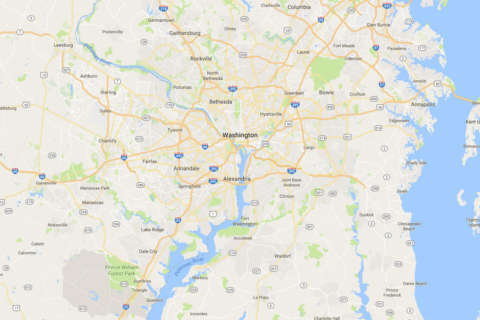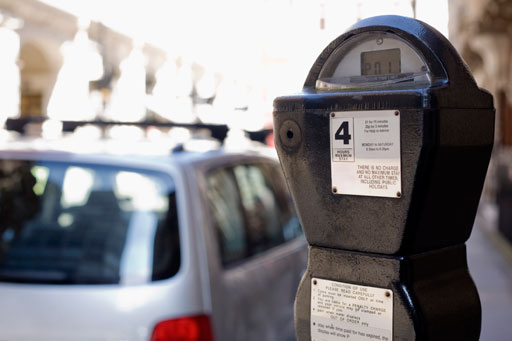WASHINGTON — While suburban drivers have long complained about having to circle the block looking for a parking spot in downtown D.C., a AAA Mid-Atlantic survey shows six in ten D.C. residents oppose a dynamic pricing parking plan being tested in the Chinatown-Penn Quarter corridor.
The D.C. Department of Transportation began the pilot program in October — called Pay-By-Space parking — in the area from E to H streets NW, between 3rd and 11th streets NW, around locations including Verizon Center, National Building Museum and Ford’s Theater.
The goal of the program, according to Leif Dormsjo, Director of DDOT, is to periodically adjust parking rates to increase when demand is heavy and decrease when demand is light.
“Our intent is that 10 to 15-percent of the spaces would be available at any given time. It will make it easier for people to find spots and it would prevent people from circling to find parking, which contributes to congestion on the road,” said Dormsjo in October.
AAA’s survey of 546 licensed D.C. drivers calls D.C.’s plan “surge pricing,” drawing comparisons to car service Uber, in which prices rise and drop depending on demand.
According to the traveler’s advocacy group, the D.C. government plan could make drivers pay as much as $8 per hour to park in Chinatown-Penn Quarter during peak times.
“Most city residents do not support a transportation policy that monetizes the city’s parking crisis by converting it into a source of income and frustration,” said John Townsend, AAA Mid-Atlantic’s manager of public and government affairs, in a news release.
DDOT has said under the plan price adjustments would not updated real-time, but would rather likely be adjusted based on time of day and re-evaluated several times per year.
It is not clear that DDOT would tweak prices to the $8 warned by AAA, although the figure is listed as the cap in D.C.’s legislation.







